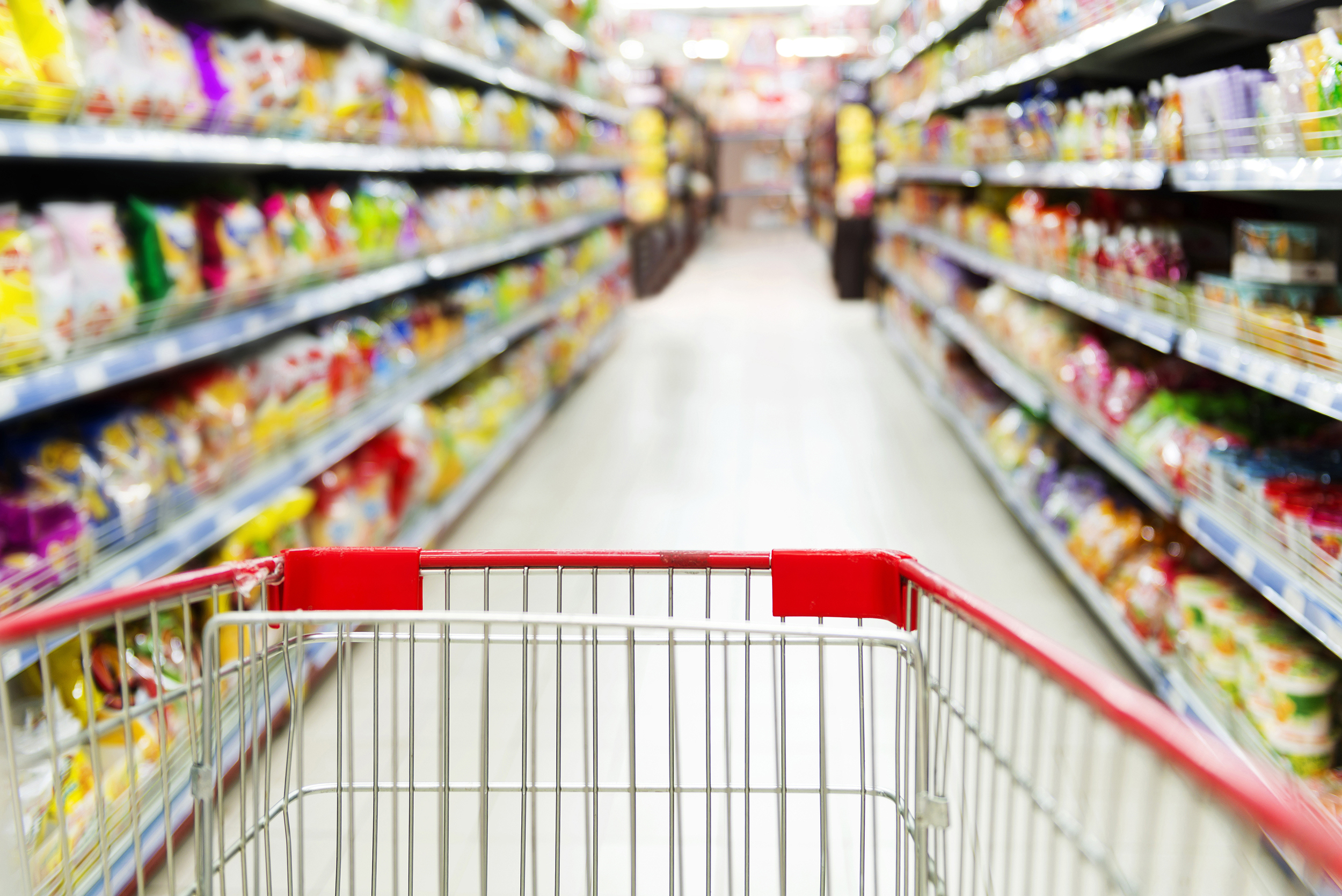More than half (51 percent) of grocery sales are digitally-influenced, according to a new survey from Deloitte, “The grocery digital divide: How consumer products companies can deliver on the new digital imperative.”
“People are making decisions about what goes in the grocery cart long before they get to the shelf or even the store,” said Barb Renner, vice chairman, Deloitte LLP and U.S. consumer products leader. “The majority of food and beverage purchases still happen in the store, but consumers’ online or mobile experiences impact those purchases much earlier in the shopping journey. In our research, people saw room for improvement from grocers compared to digital experiences they find in other retail categories. Consumer products companies and retailers who create those digital touchpoints have a much better shot at getting the shopper’s attention and loyalty before competitors, many of whom aren’t even in the game yet.”
Grocery catches up with growing digital influence
According to the survey, digital’s influence on grocery overall has nearly doubled year over year and has similarly driven increasing impact on the in-store shopping experience. Since 2013, digital’s influence in-store across all retail sectors has grown a dramatic 300 percent, from 14 percent of all transactions to 56 percent in that timeframe. Further, the grocery sector is now close to other categories such as health (51 percent), apparel (56 percent), home (58 percent) and auto (59 percent) in digital influence, though grocery still lags leaders such as electronics (69 percent) more distantly. Alongside overall digital influence growth, mobile’s in-store influence has also expanded from 5 percent in 2013 to more than one-third (37 percent) in 2016.
While digital continues to grow in influence, there still appears to be a digital divide between what consumers’ desire and what the current grocery shopping experience offers. Despite digital’s expanding impact, the survey noted only 31 percent of grocery shoppers indicate that digital makes grocery shopping easier (versus 42 percent across other retail categories), offering a strong opportunity for those companies who can improve the experience.
What grocery consumers want: convenience, curation and integration
Digital now permeates the grocery path to purchase by influencing shoppers’ awareness, selection, purchase and loyalty, and in turn is driving new and evolving consumer habits:
- More than three-quarters (77 percent) of consumers surveyed use digital touchpoints such as recipe websites and blogs to drive awareness and find inspiration.
- Eighty percent of respondents have used a digital device to browse or research grocery products, tapping sources like manufacturer and grocery retailer websites.
- Nearly 3 in 10 (29 percent) of respondents try products based on online recommendations and reviews, seeking answers from blogs and social media posts alongside online product reviews and loyalty apps.
- Consumers who embrace digital options—such as on-demand local delivery, in-store coupons and instant rebates or mobile checkout—before or during a shopping experience end up converting 9 percent more often than those who shy away from digital leading up to their purchase decision.
Additionally, grocery retailers’ mobile apps lead over consumer products’ brand apps, with 41 percent of respondents turning to grocery retailers’ apps compared to roughly one-quarter (27 percent) who use a consumer product company’s app. This leaves ample opportunity for brands to innovate through digital technologies and deliver compelling grocery experiences. Mobile, for example, is driving the convergence of consumer and shopper behavior and expectations, with roughly one-third (34 percent) of respondents saying they use a smartphone to help choose a brand during a shopping trip.
“Digital is expected to play an even bigger role in delivering the experiences shoppers’ desire,” said Rich Nanda, principal, Deloitte Consulting LLP and U.S. consumer products corporate strategy and growth leader. “However, many consumer products companies and their retail partners have yet to take full advantage of the opportunity, potentially leaving money on the table.”
Delivering on the new digital imperative
To deliver on the new digital imperative, drive brand engagement and win in today’s digital, omnichannel marketplace, consumer products companies should consider transforming how they operate day to day to become faster, more granular and more connected within a digital-first world. As well, consumer products companies should integrate and coordinate across their functional silos to align with a converged world where consumers can shop at any given moment and where the lines blur between digital and physical marketing, consumer and shopper, and online and offline purchases.
Digital’s continued rise in influence has the opportunity to present substantial opportunities for both grocery retailers and consumer products companies by way of further increasing consumer spend, but only if they can quickly adapt. Those consumer products companies who are slower to react to this changing landscape may go home hungry.
About the survey
The Grocery Digital Divide and Grocery Experience surveys were commissioned by Deloitte and conducted online by an independent research company Nov. 3-18, 2016. The surveys polled national samples of 2,011 and 2,027 random consumers, respectively. Data was collected and weighted to be representative of the U.S. Census for gender, age, income and ethnicity; and have a margin of error of 2 percent.
Thanks for reading CPA Practice Advisor!
Subscribe Already registered? Log In
Need more information? Read the FAQs




